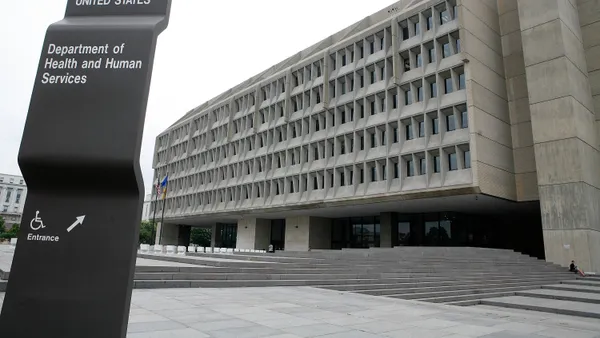Editor’s note: Srilekha Palle is a visiting fellow at the Independent Women’s Forum.
As a clinician and healthcare administrator, I am deeply concerned about the potential unintended consequences of the Area Deprivation Index used by the Biden administration to promote health equity. Although the ADI is one tool for identifying underserved communities and targeting support to organizations caring for disadvantaged and marginalized groups, its implementation has significant limitations that may exclude many communities where resources and access to high-quality, coordinated care are most needed.
Healthcare professionals must carefully evaluate the effectiveness of policies intended to promote health equity, such as the ADI, and develop more comprehensive measures. A study in the Journal of the American Medical Association examined the association between community-level social risk and healthcare spending among Medicare beneficiaries and found that ADI was weakly correlated with self-reported social needs and explained only 0.02% of the observed variation in spending. This suggests that utilizing the ADI to measure social risk factors in models that decide health plan payments exacerbate payment inequalities and that there are more effective tools for identifying and addressing healthcare disparities than the ADI.
Moreover, using home value to measure socioeconomic disadvantage may penalize low-income people and communities of color and mask the medical needs of these populations. In several parts of the country where wealth and poverty live side by side, the ADI can produce distorted results, leading to underfunding and exacerbating health inequities.
For example, a recent article in Health Affairs revealed that despite the high rates of poverty and low life expectancy in predominantly Black neighborhoods in southeast Washington, the ADI remains comparatively low. This finding indicates that none of the communities in Washington D.C. would be deemed underprivileged.
One potential solution is to recalibrate the ADI to a more local level, adjusting for variations in the cost of living or considering using an absolute measure such as life expectancy to identify health disparities. Of course, the ultimate “most local level” is the individual patient. Healthcare organizations and policymakers can better identify communities in need by highlighting the need for policies targeting health-related social risks, focusing on more granular data and allocating resources accordingly, and not just tweaking the ADI.
Policymakers and healthcare providers know that many factors shape a person’s health. The Social Determinants of Health Index, for example, attempts to measure how economic stability, social/community context, neighborhood environment and access to education all affect health in addition to access to medical care.
Incorporating community-level measures of social risks, such as SDOH, into risk adjustment methods ensures that the data used is accurate, up-to-date and representative of the communities. However, data collection can be resource-intensive, and there may be concerns about privacy and data security. To address these challenges, healthcare organizations and policymakers must collaborate to establish robust data collection and sharing protocols that ensure data accuracy and protect patient privacy.
Another challenge is balancing adjusting for social risk factors and preserving incentives for healthcare providers to deliver high-quality care to all patients. Policymakers must carefully calibrate risk adjustment models to account for social risk factors without compromising the overall quality of care. Over-adjusting for social risk factors may create disincentives for providers to improve care for disadvantaged populations.
Lastly, it is crucial to recognize that promoting health equity is a shared responsibility beyond the healthcare sector. Community organizations, local governments and other stakeholders must collaborate to create supportive environments and policies that address the social determinants of health. For example, investments in education, affordable housing and accessible public transportation can profoundly impact health outcomes and help reduce health disparities.
As recommended in a RAND Health report commissioned by the HHS in September, the assistant secretary for planning and evaluation proposed further research on how indices could more accurately allocate funds to health-related social needs at the geographic level.
Promoting health equity requires a multi-faceted approach that includes refining risk adjustment methods incorporating community-level social risk measures, addressing data collection and analysis challenges and fostering collaboration between the healthcare sector and other stakeholders.
The Biden administration’s latest experience with the Area Deprivation Index highlights how attempts to improve health equity can go wrong. But, working together, we can create a more equitable healthcare system that provides high-quality care to all individuals, regardless of socioeconomic status or social risk factors, if we focus on better ways to meet the needs of each patient.
A call for more effective measures to promote health equity is necessary to treat underserved populations with more significant medical needs.













